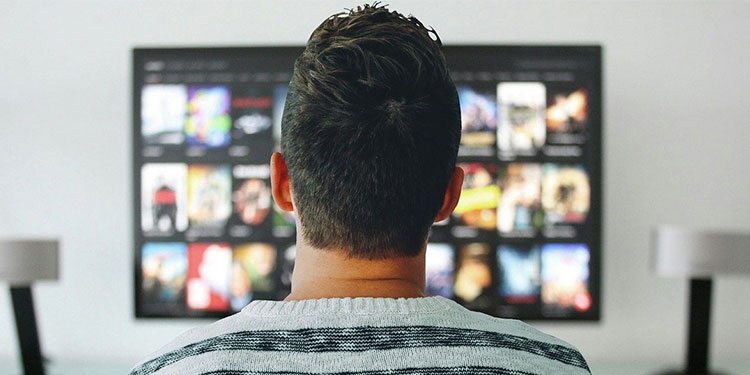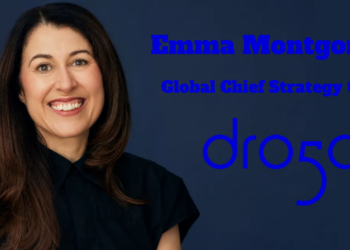More than half (56%) of adults in the UK, Germany, Spain, Italy and France are willing to watch ads on TV in exchange for in response to the rising costs of streaming subscriptions, reveals a Samsung Ads Europe consumer study conducted by Ipsos.
The 2021 Connected TV Viewer report also revealed that Viewers in these geography enjoy, value ads viewed on a TV more than any other device. The survey conducted with more than 5,000 consumers with a Smart TV across EU5 to further explore the market context and understand the cultural influences shaping the role of the Smart TV within the home.
Ad receptiveness
The Smart TV Audience had an overwhelmingly more positive attitude to ads on TV when compared to other devices, and were at least twice as likely to consider them better quality, entertaining and eye-catching, versus ads on other devices in the home. 39 per cent thought ads on Smart TV were high quality vs 11 per cent on mobile or 8 per cent on laptop/desktop, while 37 per cent thought ads on Smart TVs were entertaining vs 15 per cent on mobile and 8 per cent on desktop.
Streaming as a shared experience
Nearly three quarters (72 per cent) of the Smart TV audience said they would mostly turn to streaming services when they want to sit down with others to enjoy a programme together (compared to just 18 per cent mostly turning to linear TV); while 73 per cent mostly choose to turn to streaming for an entire evening of viewing (vs. 19 per cent who would turn to linear TV). Meanwhile, 78 per cent of EU Smart TV users will mostly stream when they are looking for something new to watch, with only 14 per cent considering linear TV as a channel for discovery. However, live events such as news and sport are largely still linear experiences.
According to the findings, families with children have greater engagement with both Smart TVs and streaming, watching more often and for longer than those without children.
Managing the content overload
Two-thirds of the Smart TV audience (67 per cent) agree they have more than enough choice when it comes to content to watch on the services they have access to. However, the research highlighted the role that Smart TVs can play in enabling audiences to find the content they like quickly. Two-thirds (66 per cent) of the Smart TV audience suggested that recommendations on their TV home screen based on shows they or their household have watched across services would be appealing. Considering those moments when the Smart TV audience are not quite sure what to watch, only 21 per cent would be likely to go straight to an app, with 64 per cent likely to look at information on their Smart TV home screen to help guide their decision making. This shows that the Smart TV can act as a gateway, reducing content overload for viewers and acting as a key portal to the best content.
More than just a TV
Unlike the traditional TV set, primarily a means to only access linear TV, the Smart TV fulfills a range of functions and encourages a diverse range of uses that go beyond the classic lean-back entertainment experience.
The study also found that YouTube and its rival Dailymotion had been viewed on Smart TVs by 38 per cent of viewers in the last three months while 27 per cent had used their Smart TV as a music player and 19 per cent for browsing the internet. The multiple functions of Smart TVs are reflected in the emotional needs the audience sees their Smart TV fulfilling: 9 per cent of those surveyed best identify their Smart TV as being a source of education or instruction, 12 per cent of the Smart TV audience have watched cooking videos, and 10 per cent watched other types of tutorials through their Smart TV in the past three months.
“As the role of the TV expands, this research helps demonstrate the ongoing changes in TV usage: how the Smart TV is used in the home, and how viewers use streaming in their daily lives,” advises Alex Hole, Vice President of Samsung Ads Europe.
“What we can see is that the Smart TV is becoming – a multi-purpose facilitator for entertainment, connection, learning and more. Viewers’ willingness to watch ads in exchange for free content combined with the perception of ads on TV is an exciting opportunity for advertisers trying to reach streaming audiences through ad-funded streaming platforms.”
“As consumers look to free ad-supported TV content, the end consumer expects high-quality content and advertising on the biggest screen in their home. This reflects what we have known instinctively; to fit into a premium advertising channel, the ads must be premium, too.”

















